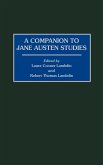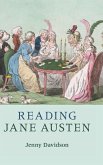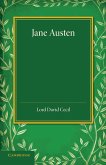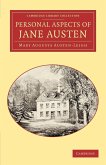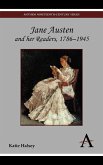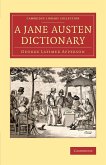One of the most important novelists of the early 19th century, Jane Austen (1775-1817) continues to be read and studied today. Throughout her novels, she creates characters who embody various virtues and limitations. The best characters represent the best behavior, just as the less admirable ones behave in less admirable ways. The courtesy books of the 18th century advise certain moral behavior for character development. This book studies Austen's parallels to 18th century courtesy books. Educational and recreational activities in Austen's novels, such as reading, dancing, card-playing, and theatre-going, are often similar to those activities recommended in the courtesy books with which Austen would have been familiar. So too, various social activities and personal characteristics depicted in Austen's novels frequently accord with courtesy book recommendations. Proper behavior was of great concern to Austen's contemporaries. Throughout the 18th century, numerous courtesy books were written, advocating certain moral behavior for character development. Austen would have been familiar with these books, for they were influential during the late 18th century, when she grew up, and in the early 19th century, when her works were published. Although Austen is known as a novelist of manners, surprisingly little work has been done to compare the manners recommended by the courtesy books of the time with the manners of the characters in her novels. This study demonstrates Austen's parallels with 18th century courtesy books in shaping her characters. Educational and recreational activities in her works are often similar to the activities recommended by the courtesy books of her time. So too, the social activities and personal characteristics she presents frequently accord with the recommendations of the courtesy books. Austen's reliance on courtesy books is of great importance, for scholars have generally held that her novels are reflective of the manners of the period. Without the documentation that this study provides, such assertions would remain empty of authority.
Hinweis: Dieser Artikel kann nur an eine deutsche Lieferadresse ausgeliefert werden.
Hinweis: Dieser Artikel kann nur an eine deutsche Lieferadresse ausgeliefert werden.


